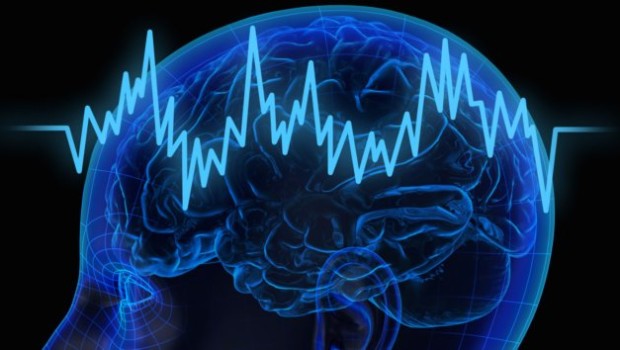An Introduction To Epilepsy Symptoms, Causes, And Treatments
Epilepsy is a neurological disorder that affects more than two million Americans by causing intermittent and repeated abnormal brain activity. Permanent changes in brain tissues trigger unpredictable seizures that can occur at any time. For many sufferers the cause is unknown but for others, the condition may be due to a traumatic brain injury or some other medical condition.
Any illness that damages the brain can cause epilepsy. Examples include dementia, stroke, and brain tumors. The condition may develop as the result of a congenital brain defect or after a traumatic brain injury, especially if it occurs near or during birth. Most people experience their first seizure when they are between 5 and 20 years old but the initial incident can take place at any age.
A generalized seizure affects the whole brain and ranges from mild to severe, depending on the individual. Patients suffering a grand mal seizure become unconscious as the body stiffens and jerks wildly. Some people suffer absence seizures where they lose awareness of their surroundings and stare blankly into space. Fast muscle jerks on both sides of the body are characteristic of a myoclonic seizure.
A partial seizure involves specific areas in the brain. Individuals suffering a complex partial seizure lose awareness and may fidget or smack their lips unconsciously. A simple partial seizure sometimes causes abnormal sensations and jerking movements. Some people notice an extreme change in taste or a drastic shift in emotion at the time of the seizure.
Most patients are able to control the disease with medications but there is no known cure. Physicians must identify the type of epilepsy to select the best treatment. Carbamazepine is typically the first choice for individuals suffering from grand mal or partial seizures. Doctors usually prescribe ethosuximide for patients who suffer from absence seizures. These are just two of the many medications physicians can choose from depending on the patient’s specific needs.
Surgery is an option for patients who fail to respond positively to anti-seizure drugs or cannot take them due to side effects. An extratemporal cortical resection involves removing the affected portion of the brain.
In some cases, the surgeon will sever the corpus callosum to prevent seizures from transferring from one hemisphere to the other. The hemisphere where the seizures originate remains active. This surgery results in seizures that are less severe but they do not stop them completely.
Individuals with this condition must be aware of complications associated with unexpected seizures. Those who fall down during an episode can break a bone or suffer a head injury. Drowning is always a danger if the individual is bathing or swimming when a seizure begins. Patients must be extremely careful about driving a car or operating heavy machinery.
Individuals with epilepsy should always wear a medical alert bracelet to inform emergency responders of their condition. Patients must take their medication as prescribed and make healthy lifestyle choices. Educating coworkers, family members, and friends about the condition will ensure a proper response in the event of a seizure.






